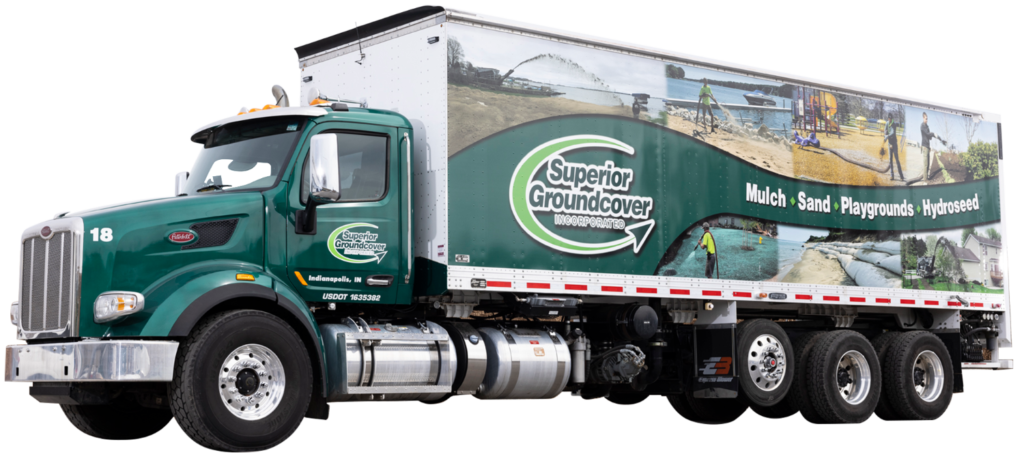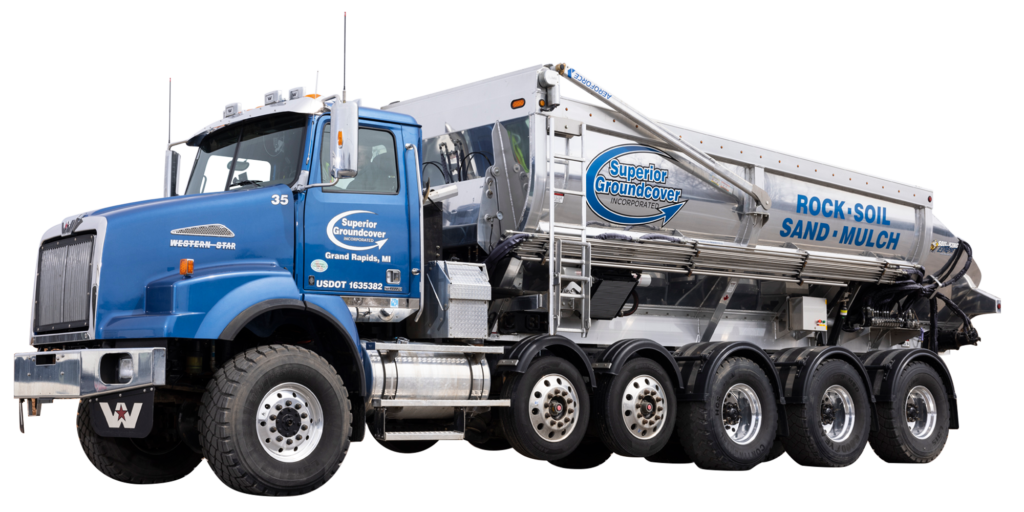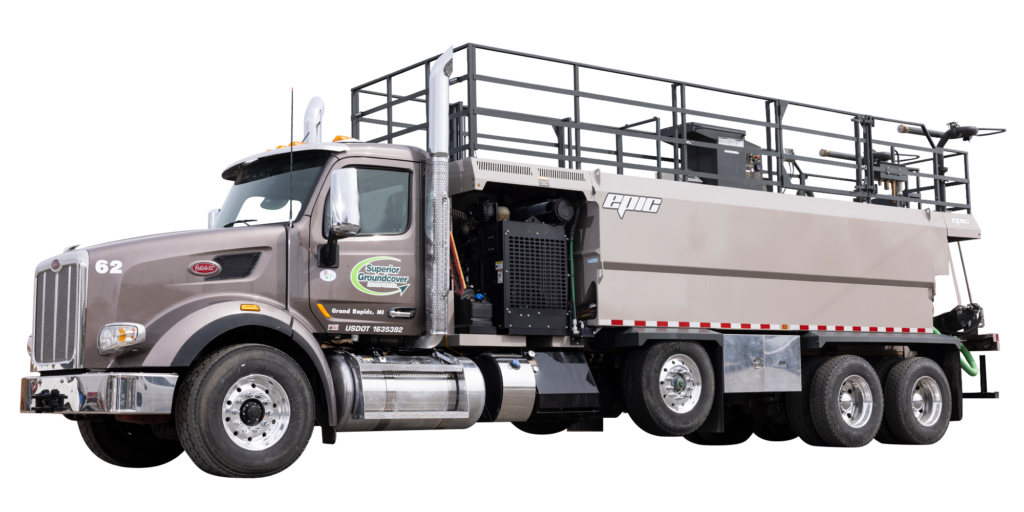Installing beach grass is an effective and affordable way to prevent erosion on beaches and dunes. It is a popular choice in Michigan due to its ability to keep sand in place while preserving the natural look of the environment.
What Is Beach Grass?
Beach grass is a resilient plant that grows in clumps that reach between two and three feet high. It is highly effective in growing in sandy areas because it creates stems that reach underground and spread to create new plants. It can also go for long periods of time without being watered and requires almost no maintenance. Because of this, beach grass is a popular choice for preventing the erosion of sand.
Dune Grass vs. Beach Grass: What’s the Difference?
There are actually multiple names for the same type of plant. It is sometimes called beach grass, dune grass, or Marram grass. It is perhaps most commonly known as beach grass, but many customers and businesses also refer to it as dune grass. We use both names at Superior Groundcover.
Where Can I Buy Beach Grass?
That depends on how much you need. You can pick up some dune grass at a local gardening store. But if you’re working on a larger project, it might be best to contact a professional company with a more expansive stock that can also provide dune grass planting services.
How to Plant Beach Grass
If you’ve decided to plant beach grass on your own, the process can be challenging, but it is possible. You’ll need a shovel or spade, some fertilizer, and a bit of water.
We recommend you plant each clump, or “culm,” of dune grass about a foot-and-a-half apart from the others to allow them to grow and expand. If you’ve been experiencing significant erosion, it’s better to place them about a foot apart to help secure the soil. You’ll want to place the grass about eight inches into the sand to allow it to gain a solid foothold. Once the grass has been planted, you should pack down the surrounding sand to hold it in place.
Afterward, you’ll want to give the grass some water and nitrogen-rich fertilizer. Apply fertilizer about once every month or two, and cut back on the amount of fertilizer by approximately half once the grass has fully established itself in the sand.
When Should I Plant Beach Grass?
The best time for planting new dune grass is during the fall and spring, when the weather is cool but not so cold that the soil is frozen. This gives the grass enough time to establish itself and absorb moisture from the spring and fall rain seasons before any summer droughts. However, fully mature beach grass that has been grown in a pot can be planted during the summer.
Our Beach Grass Planting Services
Dune grass roots are brittle and should be carefully planted to ensure the plant’s longevity and success. If you want to ensure that your grass is planted correctly and give it the best chance to protect your sand from erosion, we recommend you have it professionally planted.
Superior Groundcover offers fast and affordable dune grass installation services for residential and commercial properties, as well as national parks. Our team will clean and prep the area and add additional sand with our blower trucks as necessary. We use grass root plugs freshly harvested from inland sand and replant them at your site. We also offer more mature beach grass that can be planted in the summer and requires less maintenance.
In addition to beach grass planting, Superior Groundcover has several other erosion control services, especially along lakeshores in Michigan. They include beach nourishment, dune restoration, and SOX Erosion Solutions.
Get a Free Quote
Looking for professional beach grass planting services? Contact Superior Groundcover and our expert team can quickly plant grass that will show healthy growth and prevent erosion on your property.




